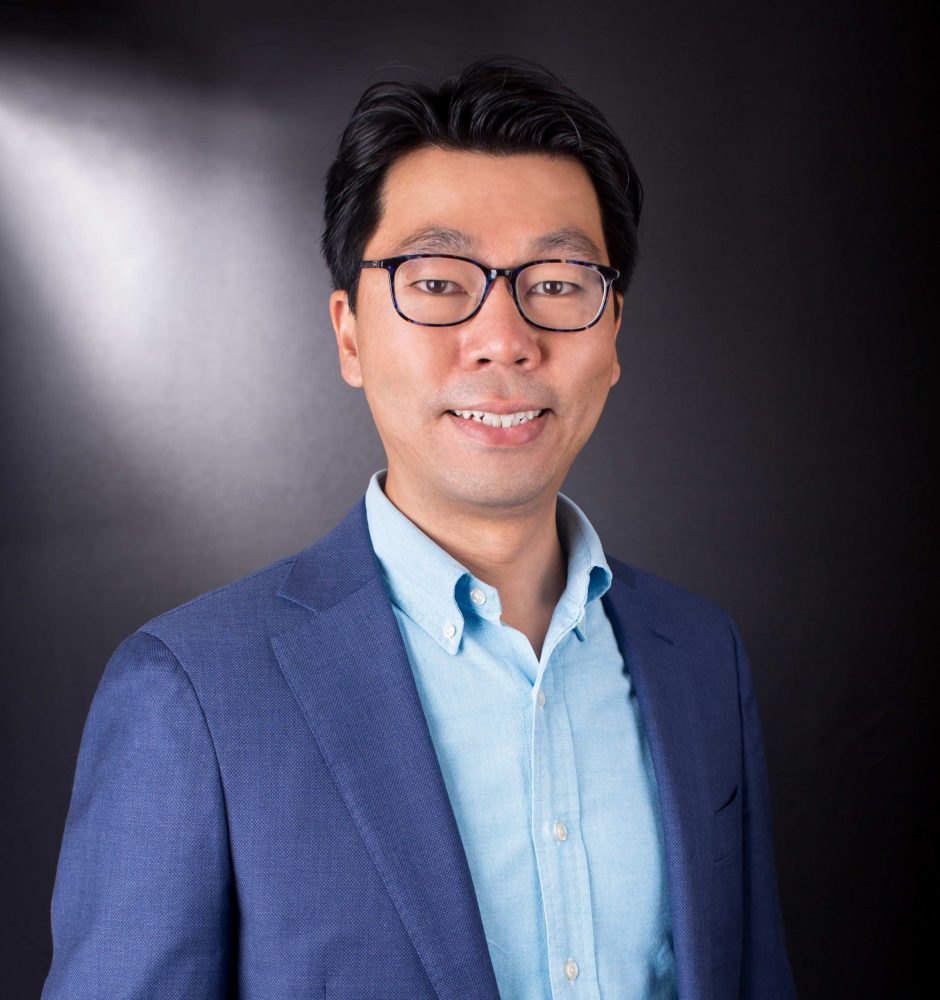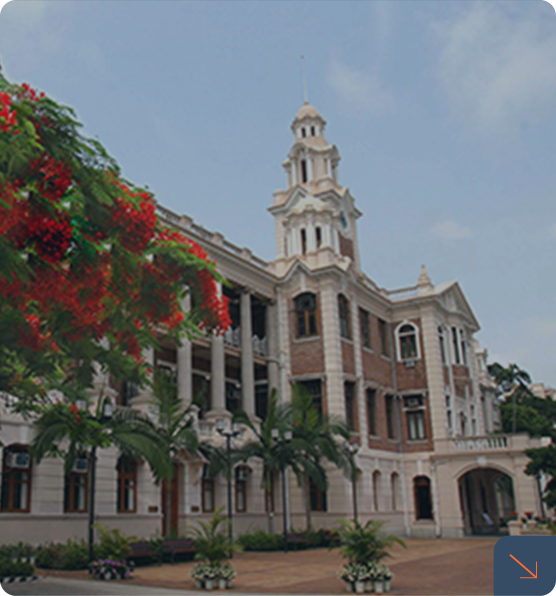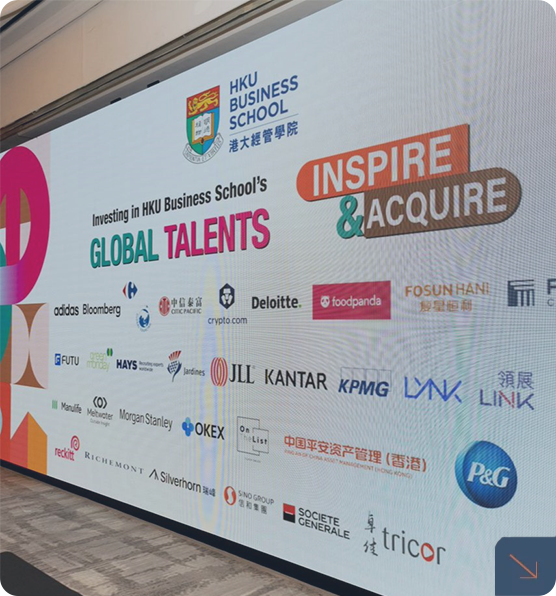Will consumers pay more because of double tariffs from China due to the trade war? Prof. Heiwai Tang, Associate Dean of HKU Business School and Director of the Asia Global Institute, offered his perspective on how the trade war has placed foreign companies in China at the centre of a double-tariff squeeze. He was included in a Financial Times article on the broader implications for businesses and economies worldwide.

3917 0029
3917 4388
MB 335/ KK 920
After seven years of negotiations, the world's largest free trade agreement—the Regional Comprehensive Economic Partnership (RCEP)—officially took effect on January 1, 2022. Member countries account for nearly 30% of the world's population and over one-third of global GDP. Amid the ongoing fragmentation of the global economy, RCEP is viewed with high expectations. This agreement brings together diverse countries in the Asia-Pacific region with varying scales and systems, showcasing the potential and resilience of regional inclusive cooperation. Three years into its implementation, what impact has RCEP had on the trade landscape of the Asia-Pacific region? How will it reshape the trading models among member countries?
In a recent Financial Times article, Prof. Heiwai Tang, Associate Dean of HKU Business School and Director of the Asia Global Institute, offered his perspective on how the trade war has put foreign companies in China in the middle of a double-tariff squeeze. “Foreign firms are really being squeezed in the Chinese market,” said Prof. Tang. “If they import, they pay the Chinese tariffs. When they export back to the US, they pay the US tariffs.” He emphasised that these companies are essentially being “hit twice.” Foreign manufacturers in China face steep tariffs—125% on imported components and 145% on exports to the US. With international companies accounting for nearly one-third of China’s total trade, this impact is far-reaching. US corporations like Apple and Tesla, which rely heavily on China as a manufacturing base, are especially vulnerable to these double tariffs.
Prof. Heiwai Tang, Associate Dean of HKU Business School and Director of the Asia Global Institute, recently spoke on CNA. He shared his analysis of the evolving US-China trade war and the impacts these changes will have on businesses in Hong Kong, the Greater Bay Area, Mainland China, and beyond. Prof. Tang spoke on the impact of the latest tariffs: Greater Bay Area: The Guangdong Province, a hub for high-tech manufacturing, shows stronger resilience to trade shocks compared to other regions in China due to generally higher profit margins. Domestic Growth: China Private Consumption has been lower than 40% of its Nominal GDP. China needs to boost domestic consumption, a critical driver of economic stability to fight off the external pressures. Multilateralism: China remains committed to a multilateral, open trading system even as U.S.–China tensions rise and geopolitical strains prompt it to diversify partnerships beyond the United States. Hong Kong: The depreciation of the US dollar against non-RMB currencies could attract more tourists and bolster local consumption. Prof. Tang explained that businesses must adapt to these challenges, and therefore, we need a strategic approach to foster greater multilateral engagement.
At the South China Morning Post SCMP forum, “Redefining Hong Kong Series 2025: Budget Edition,” Associate Dean of HKU Business School and Director of the Asia Global Institute Prof. Heiwai Tang emphasised that Hong Kong's debt-to-GDP ratio is significantly lower than other developed economies such as Singapore, Japan, and the U.S. This leaves much room for the government to proactively use government-backed bonds to invest in new growth drivers, given the historically positive economic returns on investments in large infrastructure projects. In a related article published in the Singapore-based The Straits Times, Prof. Tang shared insights on upgrading Hong Kong's economic sectors that were consistent with the views mentioned earlier. “Hong Kong’s highly ranked and globally recognised universities have lots of great basic scientific and academic research that should have some commercial value that needs to be realised,” Prof. Tang said. He also stressed the importance of fostering better synergy between Hong Kong and other cities in the Greater Bay Area. With these efforts, Hong Kong can unlock new opportunities and solidify the city’s role as more than just a financial centre.
Associate Dean of HKU Business School and Director of the Asia Global Institute Prof. Heiwai Tang shared his views on the Hong Kong budget during interviews with the South China Morning Post SCMP and Hong Kong Economic Journal. He highlighted that the government is taking "a conservative approach" to address the significant deficit, with a proposed 2% reduction in recurrent expenditure for the 2025-26 financial year, followed by similar cuts in the following two years. He argued that increasing this reduction to a more ambitious 3% may be necessary to address the structural deficit, especially given that the government's ability to boost revenue to match rising spending is in question. Regarding Hong Kong's projected debt-to-GDP ratio of up to 16.5% over the next five years, Prof. Tang described it as at a "completely safe" level. As for renminbi bonds, they appeal to institutions that require and hold RMB. Such state-owned enterprises have good cashflow, so investments in RMB bonds with a maturity period of 3-5 years is considered more effective. Prof. Tang also emphasised that issuing bonds aimed at institutional investors is more cost-effective. With the current stock market doing well, retail investors require higher yields of at least 4% to 4.5% to be interested in bonds. Therefore, he recommended maximising institutional market engagement, as a yield of 3.5% is still appealing to institutional investors.
Hong Kong's economy faces many challenges, particularly given the current geopolitical climate. Nevertheless, Associate Dean of HKU Business School and Director of the Asia Global Institute, Prof. Heiwai Tang expressed optimism during his interviews with TVB (Television Broadcasts Limited) News, iCable News, and Radio Television Hong Kong (RTHK). He stressed that the latest budget includes several measures aimed at economic transformation, as well as important plans to reduce spending. He said it’s essential to distinguish between short-term and long-term impacts. Prof. Tang is confident that the government can achieve a 2% annual reduction in recurrent expenditure, with a targeted 7% reduction within four years. He noted that social welfare, healthcare, and education spending each exceed 100 billion dollars, we also face challenges from an ageing population that will likely bring greater spending in these areas. Prof. Tang also highlighted that HK's debt accounts for about 10% of our GDP, which is much better than Singapore's, for example, which is more than 170% of their GDP. He expects that interest rates won’t rise in the next year to two years, and thinks issuing bonds with a maturity of 10-15 years is reasonable for supporting long-term infrastructure development.
According to Prof. Heiwai Tang, Associate Dean of HKU Business School and Director of the Asia Global Institute, there is no consensus from an economic perspective that a government debt-to-GDP ratio exceeding a certain level poses a danger to the economy. Currently, the proportion of the government's outstanding debt has not reached a level that requires attention, and Hong Kong has the capacity to issue over HK$100 billion in bonds. It is estimated that the issuance amount for the new fiscal year may be similar to last year. If the financing is matched with long-term infrastructure spending, longer issuance terms are preferable. Even if the relevant ratio gradually increases to 20% in the future, there will still be room for issuing debt. The key considerations are the market's absorption capacity and interest costs.
The "Flying Geese Paradigm," proposed by Japanese economist Kaname Akamatsu in the 1930s, describes the industrial upgrading process of East Asian countries from labor-intensive manufacturing to capital- and technology-intensive industries. According to this theory, Japan, as the "leading goose," was the first to achieve industrialization and stimulated the development of other countries through foreign direct investment. This created a mutually dependent and progressively advancing industrial division of labor in East Asia, resembling the formation of a flying geese flock in the sky. The theory was validated through decades of post-World War II economic practice. Japan's global expansion strategy not only shaped the manufacturing landscape of East Asia but also became a model for the globalization of enterprises in countries such as China and South Korea.





